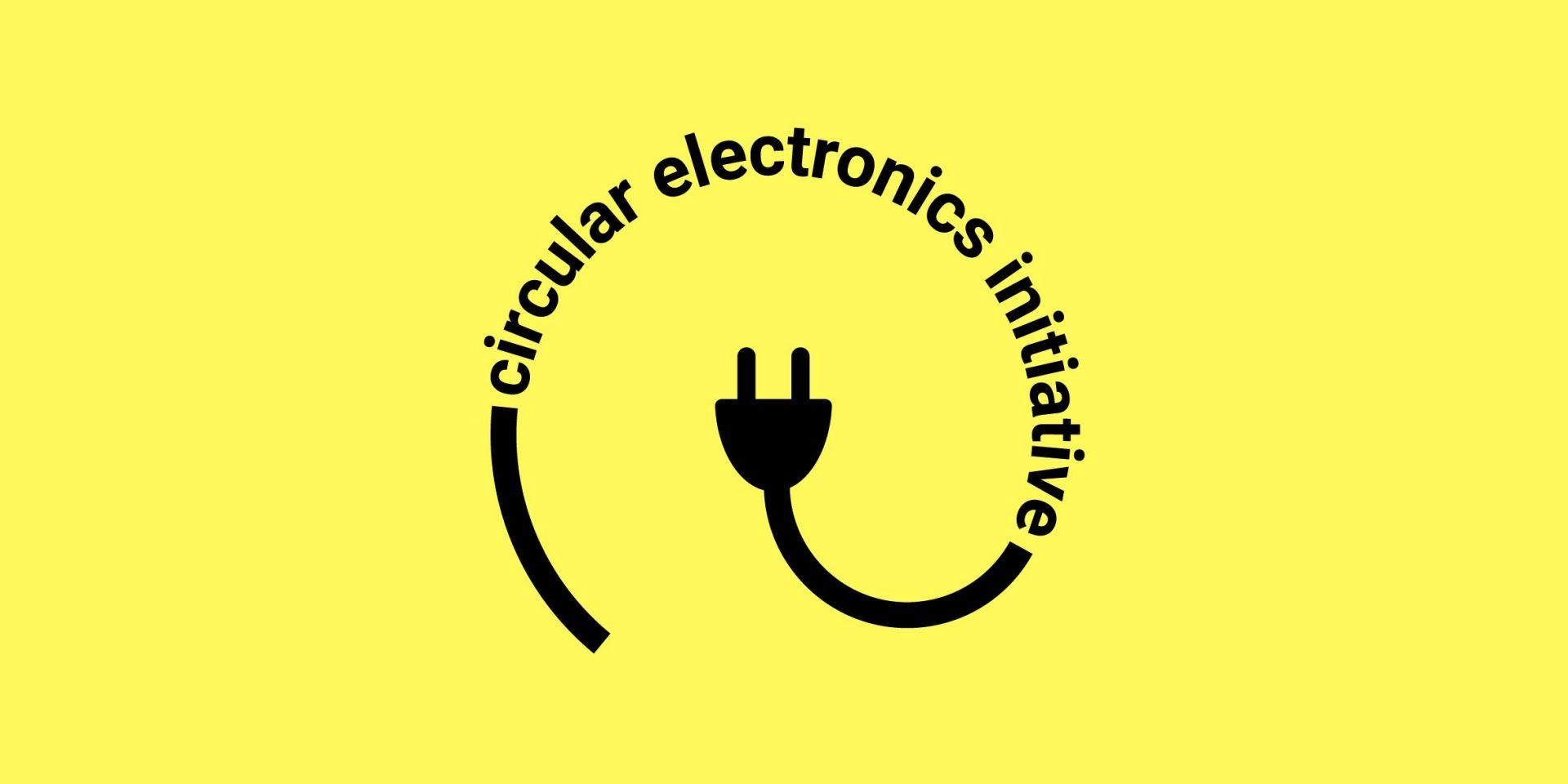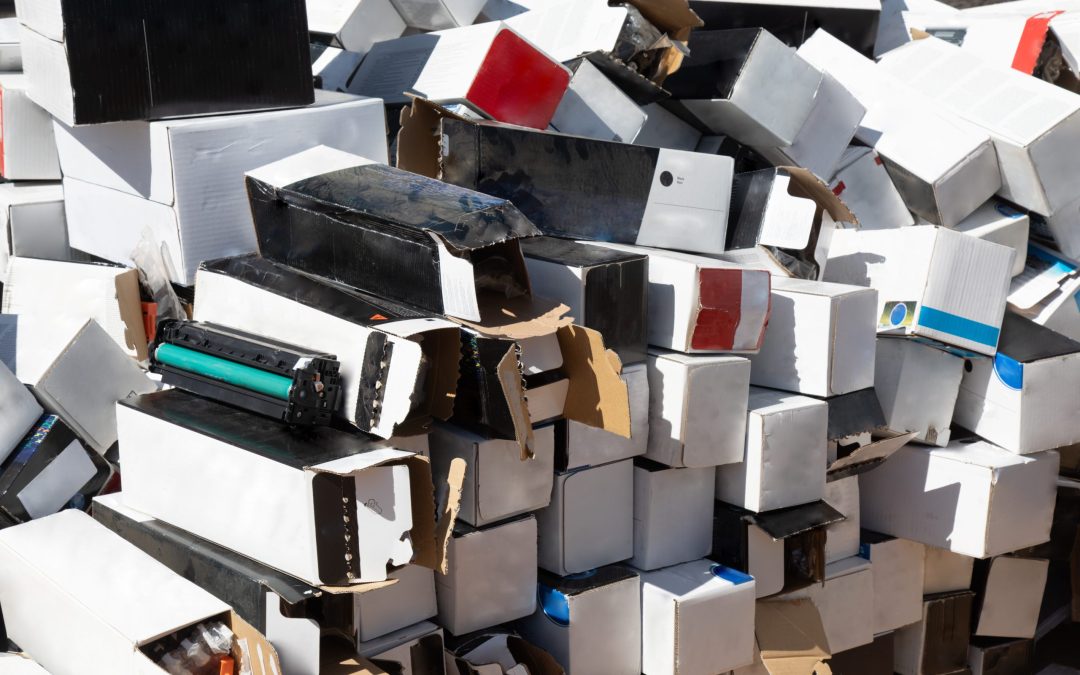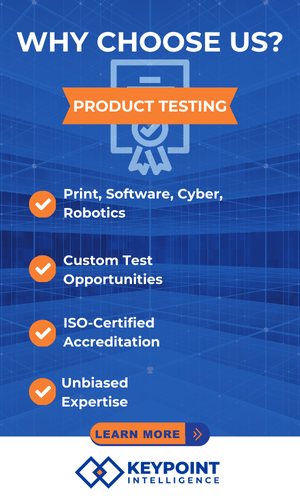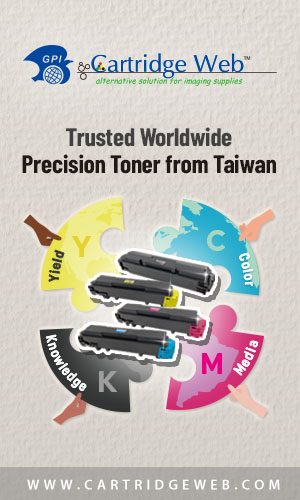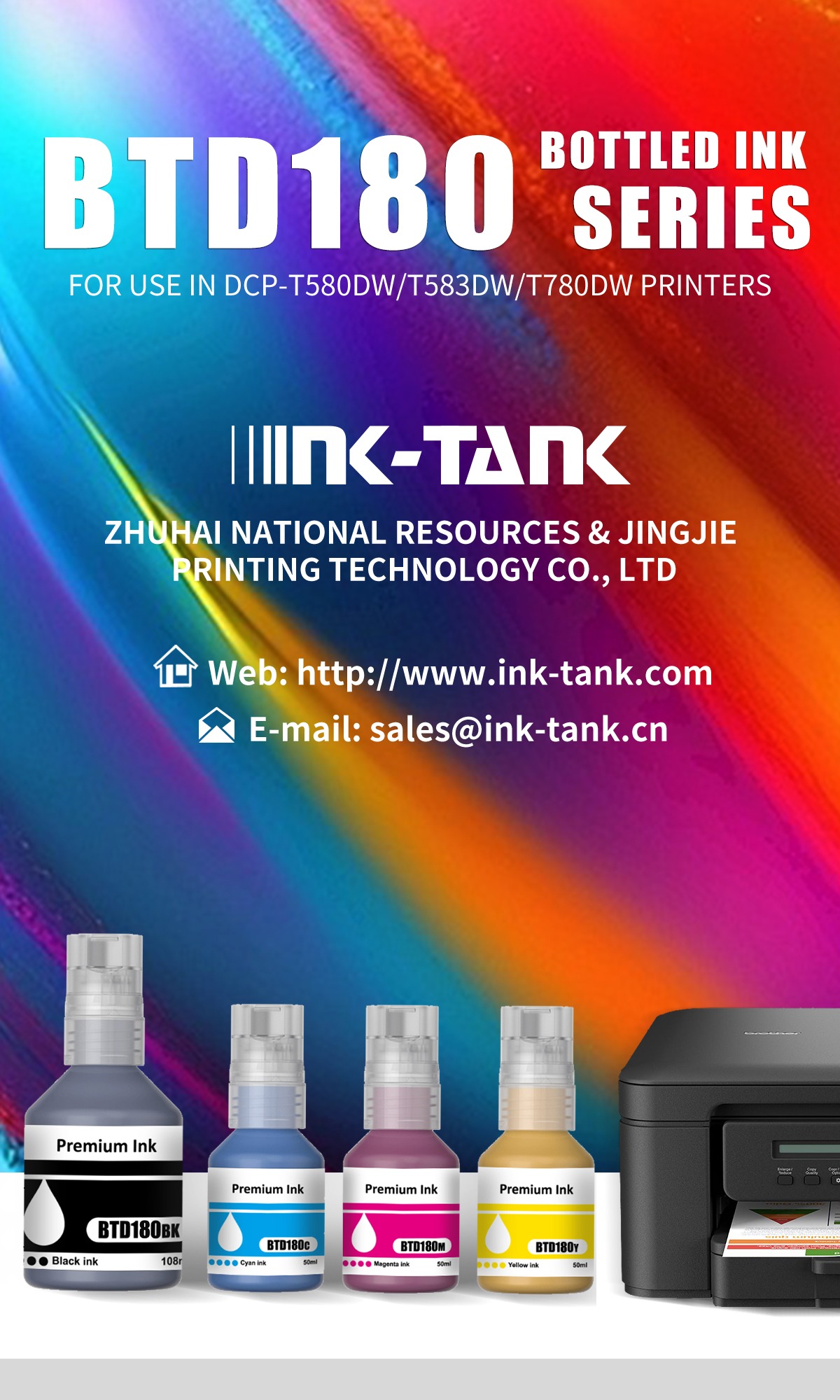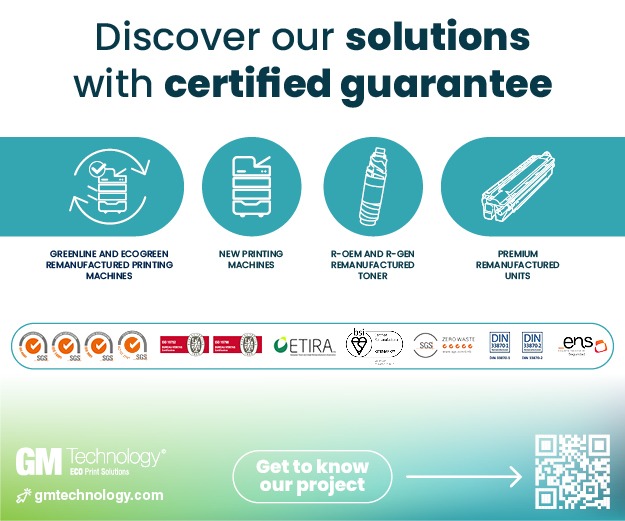More than 20 organisations have come together in a global initiative to tackle the social and environmental problems of electronics.
The Circular Electronics Initiative aims to encourage organisations and consumers to take a more responsible approach to the electronic goods they use. One core activity of the initiative is the annual event #CircularElectronicsDay.
“#CircularElectronicsDay has now been running for a few years and has attracted a lot of attention, and we feel that more can be done. This is not an issue just one day of the year but something we should continue to talk about. That is why we have now formed this initiative”, explained Andreas Nobell, Development Manager at TCO Development, one of the founding organisations.
TCO Development explained that the current, linear way of producing and consuming products is ruining fragile ecosystems, causing the loss of valuable natural resources and critical raw materials. In a circular economy, resources are handled more responsibly. The goal of the Circular Electronics Initiative is to create awareness around the need for a longer life for electronic products and greater recirculation of all materials while minimising waste.
“The resources on our planet are finite, and we need to take responsibility. The initiative is all about helping buyers and consumers to do this – to take a more responsible approach to the electronics they use. No one can do everything. But everyone can do something. The Circular Electronics Initiative has gathered some concrete things you can do to contribute to the transition to make IT more circular and sustainable,” continued Andreas Nobell.
TCO’s check-list for more circular and sustainable management of IT:
- Re-evaluate. Do you really need to buy and replace your current gadget? If not make it a challenge to use it an additional year and re-evaluate again next year.
- Extend the life of your products. This is often the most critical thing you can do to reduce the environmental footprint of your use. Upgrade and repair your products so they last longer. Used products are in high demand, so make use of the second-hand market and buy and sell your products there.
- If you need to buy a new product, choose products that carry a sustainability certification that includes robust criteria and requires third-party verification.
- If you can buy a second-hand product, ensure you carry out necessary supplier due diligence to product quality and performance.
- Choose a durable product that can last longer. Avoid buying unrepairable electronics that you may risk having to throw away after a short usage time.
- Climate compensate the e-waste footprint of your new product, either by recycling a product with a similar footprint or by purchasing the offsetting as a service.
- Don’t throw it out! Electronics contain valuable resources that can be reused. If it’s not possible to reuse or sell your old products, take them to an electronics recycler or refurbisher where they will be handled responsibly.
“As almost 80 percent of carbon emissions of a laptop occur in the manufacturing phase, extending product life will clearly lead to lower average annual emissions. Adding two years to product life reduces emissions by as much as 30%. As you can see, circular approaches have a real impact on the environment,” Andreas Nobell highlighted.

